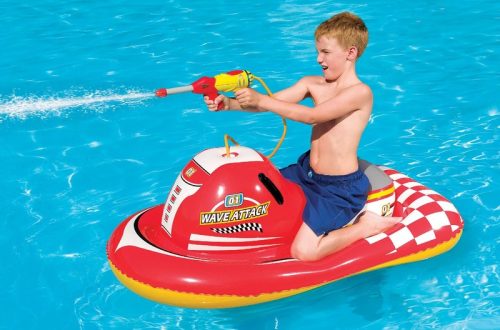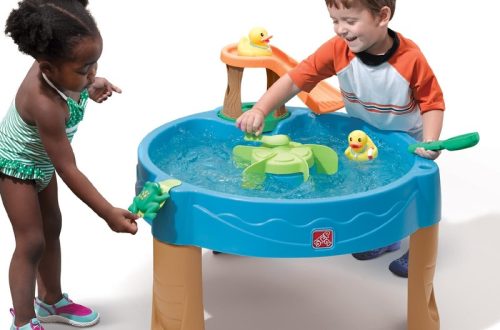Importance of Washing Stuffed Animals
In this section, we will discuss the importance of regularly washing stuffed animals and the benefits it brings.
Hygiene and Health
Regularly washing stuffed animals helps maintain hygiene and prevents the buildup of dirt, dust, allergens, and bacteria. This is especially important for children who often cuddle and play with their fluffy friends, as cleanliness contributes to a healthy environment.
Prolonged Lifespan
Proper washing and maintenance can significantly extend the lifespan of stuffed animals. Regular cleaning removes stains, odors, and dirt that can deteriorate the fabric over time, keeping the toys looking fresh and ensuring they can be enjoyed for years to come.
Preparing for Washing
In this section, we will discuss the necessary steps to prepare stuffed animals for washing.
Checking Labels and Material
Before washing, always check the care label on the stuffed animal for specific cleaning instructions. Different materials may require different washing methods. For delicate or antique stuffed animals, it may be best to consult a professional cleaner to avoid any damage.

Spot Cleaning Prior to Washing
If the stuffed animal has visible stains or spots, it is advisable to spot clean those areas before washing the entire toy. Use a mild detergent or stain remover and follow the product’s instructions. This will help ensure a more effective overall cleaning.
Washing Methods
In this section, we will explore different washing methods suitable for stuffed animals.
Machine Washing
For machine washable stuffed animals, place them inside a pillowcase or mesh laundry bag to protect them during the wash. Use a gentle cycle and mild detergent. Adding a few towels can help balance the load and protect the toys from excessive agitation. After washing, let the stuffed animals air dry or use a low heat setting in the dryer.
Handwashing
For delicate stuffed animals that are not machine washable, handwashing is the best option. Fill a basin or sink with lukewarm water and add a small amount of mild detergent. Gently submerge the toy and use your hands to clean it, paying extra attention to stained or dirty areas. Rinse thoroughly with clean water and squeeze out excess moisture. Allow the stuffed animal to air dry completely.
Post-Washing Care and Maintenance
In this final section, we will discuss the steps to take after washing to ensure proper care and maintenance of stuffed animals.
Drying and Shaping
After washing, properly dry the stuffed animals to avoid mold or mildew growth. Air drying is the best option, as excessive heat from a dryer can damage or deform the toy. Gently reshape the toy while it is still damp to restore its original form.
Brushing and Grooming
Once the stuffed animal is dry, use a soft-bristle brush or a pet brush to gently groom the fur or fabric. This will help remove any remaining dust or debris and keep the toy looking fluffy and fresh. Additionally, use this time to inspect the toy for any loose or damaged parts that may require repair.
In conclusion, washing stuffed animals is essential for maintaining hygiene, prolonging their lifespan, and ensuring they remain a safe and enjoyable play companion. Checking labels, spot cleaning, and choosing the appropriate washing method are crucial steps in the process. Proper post-washing care, such as drying and grooming, further enhances the cleanliness and appearance of the toys. By following these steps, you can ensure that your fluffy friends are properly cleaned and ready for many more adventures and snuggles.


